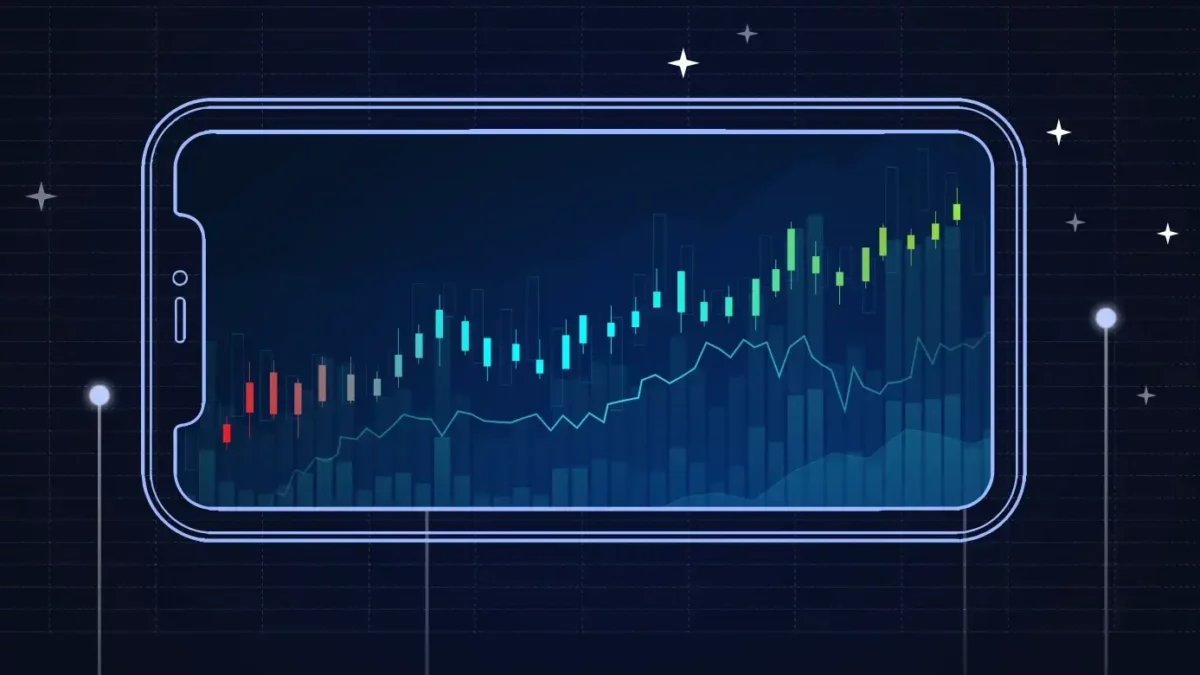
crypto futures trading: Futures are a derivatives tool traders can find on crypto exchanges. Here we explain what they are and how futures work in the crypto market. Learn Crypto future trading step by step guide A beginner guide for Crypto future trading The Future Of Cryptocurrency And Trends 2024 How does crypto futures trading works in crypto market here is the few keys Key Takeaways: A crypto futures trading contract is an agreement to buy or sell an asset at a specific time in the future. crypto Futures trading mainly serves three purposes: hedging, speculation, and arbitrage. Futures are available on major exchanges for various asset classes, including stocks, indices, interest rates, commodities, and cryptocurrencies. Every crypto futures trading contract has a minimum price fluctuation, also commonly known as a tick. The profit and loss of one contract is obtained by multiplying the dollar value of a one-tick move by the number of ticks the futures contract has moved since purchasing the contract. The multiplying effect from the contract size and tick movement can have a large impact on the profit and loss of a futures contract. Every futures contract expires on a certain date, and a crypto futures trader needs to manage contract expiration. What Are Crypto Futures? A crypto futures contract is an agreement to buy or sell an asset at a specific time in the future. It is mainly designed for market participants to mitigate the risk of future price changes in an asset. The original application of crypto futures contracts was seen in the transactions between farmers and merchants. Suppose a farmer knows in June that he will harvest a known amount of corn in the coming September. The farmer and the merchant come to an agreement on a future contract: the merchant pays the farmer an agreed-upon price, and the farmer must deliver a predetermined amount of corn to the merchant in September. By doing this, both the farmer and the merchant can reduce their price risk through implementing the futures-type contract. In addition to hedging price risk, futures also allow market participants and traders to profit from speculation and arbitrage. Before diving deep into futures’ functions and trading strategies, however, let’s go over the nuts and bolts of a futures contract first. Clickable Box SSWAP.ONLINE $SSP Presale is live BUY This 1000x Coin Buy $SSP Now Specifications of a Crypto Futures trading Contract A futures contract must clearly specify the exact nature of the agreement, and it generally covers the following key terms: Underlying Asset and Contract Size Futures are available on major exchanges for various asset classes, including stocks, indices, interest rates, commodities, and cryptocurrencies. The contract size specifies the amount of the asset to be delivered. For example, in a crude oil futures contract, the contract size might be barrels of crude oil. Settlement Procedure A futures contract can be settled by physical delivery or by transferring cash positions. Physical delivery requires the actual underlying asset to be delivered upon the specified delivery date, while cash settlement involves transferring of the associated cash position. A contract also specifies where and when the buyer and the seller must settle the contract. Price and Position Limits Exchanges usually impose limits on futures’ daily price movement: Limit up and limit down are the maximum amounts a contract may increase or decrease in any single trading day. When markets hit the price limits, some may temporarily halt trading for a certain time or stop trading for the day altogether. Position limits are the maximum number of contracts that a market participant may hold. Join our Cryptoors Army Make 100x Notional Value The notional value of a contract refers to the product of the contract unit and the futures price. Contract Notional Value = Contract Unit × Contract Price Consider an S&P 500 futures contract trading at $3,000. The contract unit of this contract is $50 times 1 index point, where $50 is also known as a multiplier. The notional value of the contract, therefore, is: $3,000 × $50 = $150,000. The notional value can help gauge the hedge ratios versus other futures contracts or another risk position in a related underlying market. We further illustrate the use of hedge ratios in trading strategies: Hedge Ratio = Value at Risk/Contract Notional Value The hedge ratio is a risk management tool used to calculate the amount of exposure needed to be hedged in a portfolio. It is calculated as the value at risk (VaR) divided by the contract notional value. Value at risk (VaR) is, with a certain level of confidence, a statistical measure of the maximum potential loss of funds or portfolio over a given time period. For example, a VaR of $100,000 with a confidence level of 95% means there is a 95% probability that the maximum potential loss on the assets or portfolio will not exceed $100,000 over the given time period. The contract notional value represents the total value of the financial contract used to hedge the exposure. By dividing the VaR by the contract notional value, the hedge ratio calculates the amount of exposure needed to be hedged in order to limit the potential loss to the VaR level. For example, if the VaR is $100,000 and the contract notional value is $1 million, the hedge ratio would be 0.1, indicating that 10% of the exposure needs to be hedged. The hedge ratio can be a useful tool for managing risk in a portfolio, as it can help to identify the appropriate level of hedging required to limit potential losses. Join our Cryptoors Army Make 100x Minimum Price Fluctuation Every crypto futures trading contract has a minimum price fluctuation, also commonly known as a tick. It refers to the minimum increment of price movement possible in trading a futures contract. Take, for example, a bitcoin futures trading contract, where its minimum tick size equals $5. The dollar value of a one-tick move is calculated by multiplying the tick size by the





